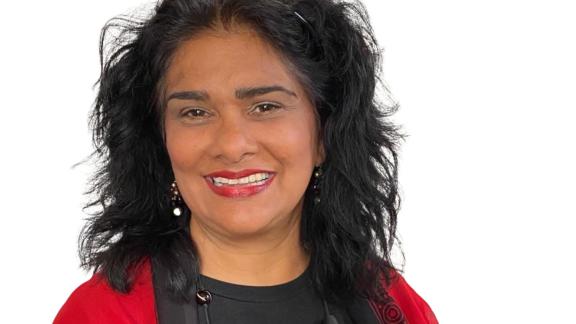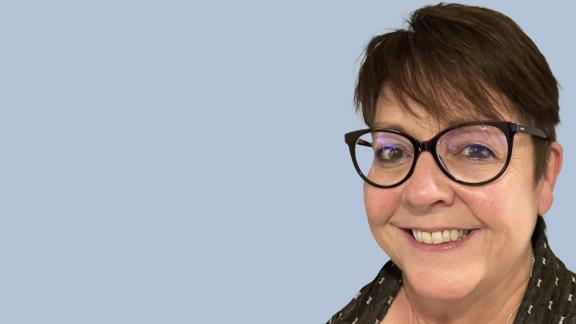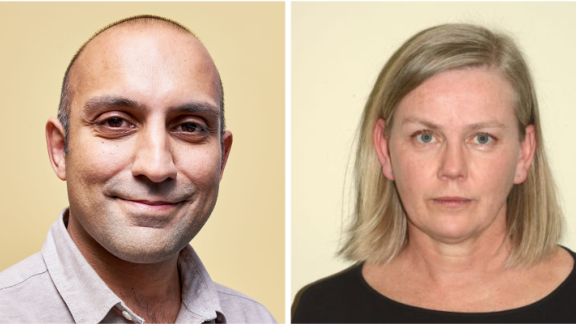Where next for primary care?

Sheinaz Stansfield writes on how we should embrace the strengths of primary care while finding new synergies with the wider healthcare system.
Reflecting on the last few months and looking beyond the current noise and pressure in the system, I feel very positive about the future of general practice. Why? Well, Charles Handy’s elephants and fleas metaphor comes to mind.
Elephants and fleas
Handy describes elephants as large organisations, predictable, settled, scaled-up, driving strategy, with significant networks and connections to wield power and influence. But these are not necessarily agile enough to facilitate rapid innovation and change. I think in our current complex ‘health architecture’ these may be any one of: integrated care systems, clinical commissioning groups, ‘emergent placed based thingys’, federations and to some extent primary care networks (PCNs) depending on the function and form they have in place to connect with practices, with shared purpose. PCNs have the potential to be fleas, but policy and contracting is driving them in the form of an elephant.
‘Carrying’ all these elephants is burdensome for fleas. Fleas are small self-employed experts, speciality providers that service elephants. They are independent, creative, innovative, dedicated, passionate and ‘non-conformist’. This is what I absolutely love about general practice. We are agile, able to respond very quickly to need, and there is no better example of our agility than our recent response to both the COVID-19 emergency and then the COVID-19 vaccination response that we have led.
COVID-19 and transformation
The emergency response to COVID 19 saw the most significant transformation in service delivery since the inception of general practice. We transformed overnight to total triage, with limited support and resource. Equally our response to mobilising COVID-19 vaccination delivery at both LVS and MVS sites, evidenced a metaphorical flea doing what it does best.
The model of general practice has changed, but we have not fully transformed yet to match digital care vs face-to-face delivery. We need now to understand demand, capacity and what our demand is made up of so that we can fully regain a sense of control, implement smoother patient flows reducing variation and failure demand.
Contracting of general practice remains focused on disease, whereas contracting of PCNs is focused on addressing population health: synergy in delivery to address population needs will be essential as we fully understand the impact of health inequalities that only worsened during the pandemic and the impact on patients, citizens and communities.
While this transformation has been happening at practice level, in the background PCNs have been busy delivering local COVID-19 vaccination programmes, sometimes frustrating or thwarting relationships with practices with PCN goals abated. It will be imperative that PCN leaders now set their sights on rebuilding those necessary relationships with an inclusive, collaborative and compassionate style. Establishing a cohesive shared purpose across the whole network will enable joint working on shared priorities. Reaching out into the health and care system to address health inequalities will be a key factor of success for PCNs.
Embedding PCN roles
The general practice workforce has been an enduring issue, now compounded with challenges in employing, retaining, and embedding PCN roles. Staff working in these new roles generally have their time split across different practices within a network, which runs the risk of them not feeling part of a team at all. Building effective teams is challenging at the best of times but, building teams when members have different employment terms, are not working in the same location and virtually has become even more complex.
Team building in a next phase COVID-19 environment is essential with the understanding that all roles in general practice will have changed. New clinical and non-clinical skills, different conversations with patients, connecting differently with the system and taking a personalised care delivery approach will need additional training and support for us to manage the person not the condition. Therefore, for us to meet future challenges, support to creatively embrace workforce redesign as an essential activity alongside workforce planning will be necessary for every role in general practice.
Team building in a next phase COVID-19 environment is essential with the understanding that all roles in general practice will have changed.
Responding to demand
Patients, citizens and communities have felt the tangible impact of reduced care provision over the past 18 months, compounded by their experience of variation and failure demand. Their attempts to access care perceived now as frustration with practices and other care providers. Health inequalities and mental health problems have increased, long term conditions have worsened, often becoming more complex. People coming out of shielding need support. Individuals are feeling the effect of bereavement, grief, loss of many things not least the loss of loved ones. It is time now to consider how we manage this need beyond the rigidity of a ten-minute GP appointment. New PCN roles, further enhancing the relationships developed during the COVID-19 vaccination programme, provide a strong foundation to build upon and strengthen our connection and responsiveness to our patients and communities; ensuring they have a voice and are able to co-design future services as we rebuild, reconnect and restore.
The agility of fleas and innovation
The past year has shown that the agility of fleas, or perhaps more pleasantly the units of general practice coming together locally, is necessary for us to innovate and lead rapid change. It is now time to pause and assess: What role do those practices play? What can we do to support practices to be the best possible versions of care delivery? We have an extraordinary opportunity to strengthen and build upon the changes that have been achieved and to build a primary care model that truly reflects both patient needs and our ability to deliver and evolve.
The agility of fleas is necessary for us to innovate and lead rapid change
Many attempts have been made over the years to convert fleas into elephants, scaling-up general practice into different forms, but without the necessary considerations as to what purpose or function?
In Handy’s metaphor, fleas, like practices, are the independent, creative, innovative, passionate, non-conformist entities. Let’s embrace those strengths and find new synergies with the elephants in the system. Both are essential in an ever more responsive health and care system truly meeting the needs of our patients, citizens and communities.
Sheinaz Stansfield is PCN manager at Birtley Oxford Terrace PCN Network. Follow her on Twitter @sheinazs



